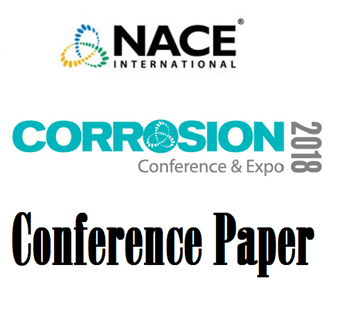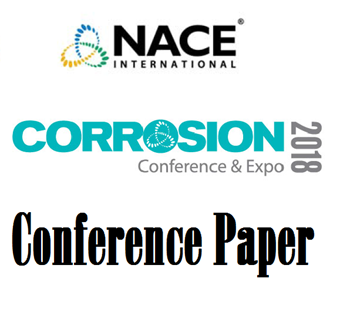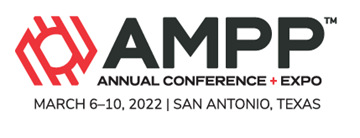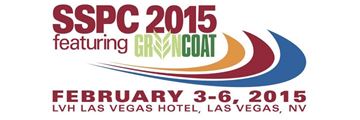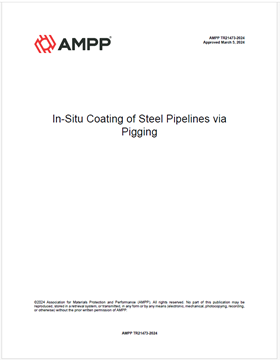Search
Products tagged with 'coating'
View as
Sort by
Display
per page
51318-11288-Bridge Coating Operation and Maintenance Planning
Product Number:
51318-11288-SG
Publication Date:
2018
$20.00
51318-11549- Comparison of Corrosion resistance of HVOF tungsten carbide & Inconel 625 Coating on ENP coated carbon steel in inhibited HCI solutions
Product Number:
51318-11549-SG
Publication Date:
2018
$20.00
51318-11573-Assessment of Long-term Durability of TDG Coated Steel Components in Marine Bridge Environment
Product Number:
51318-11573-SG
Publication Date:
2018
$20.00
A Damage-Based Approach and Predictive Modeling of Corrosion in Substrate/Coating Systems Using Artificial Neural Networks
Product Number:
51324-21150-SG
Publication Date:
2024
$40.00
A decision support tool for best coating selection during trenchless pipe installation
Product Number:
51323-18849-SG
Publication Date:
2023
$20.00
Advanced Corrosion Resistant Coating and The Requisite Technological Advancements for Its Application
Product Number:
51323-19485-SG
Publication Date:
2023
$20.00
Advances In Digital Twin And AI To Predict And Manage External Corrosion - A Smart Tool For Decision Makers
Product Number:
51322-17991-SG
Publication Date:
2022
$20.00
Advances In Digital Twin And AI To Predict And Manage External Corrosion - A Smart Tool For Decision Makers
Product Number:
51322-17992-SG
Publication Date:
2022
$20.00
AMPP TR21473-2024, In-Situ Coating of Steel Pipelines via Pigging
Product Number:
AMPP TR21473-2024
Publication Date:
2024
$109.00
AMPP TR21527-2023, Corrosion and Protection of Tank Cars in Crude Oil Service
Product Number:
AMPP TR21527-2023
Publication Date:
2023
$109.00
Atmospheric Corrosion Monitoring using Electrical Resistance Probes
Product Number:
51323-19271-SG
Publication Date:
2023
$20.00

